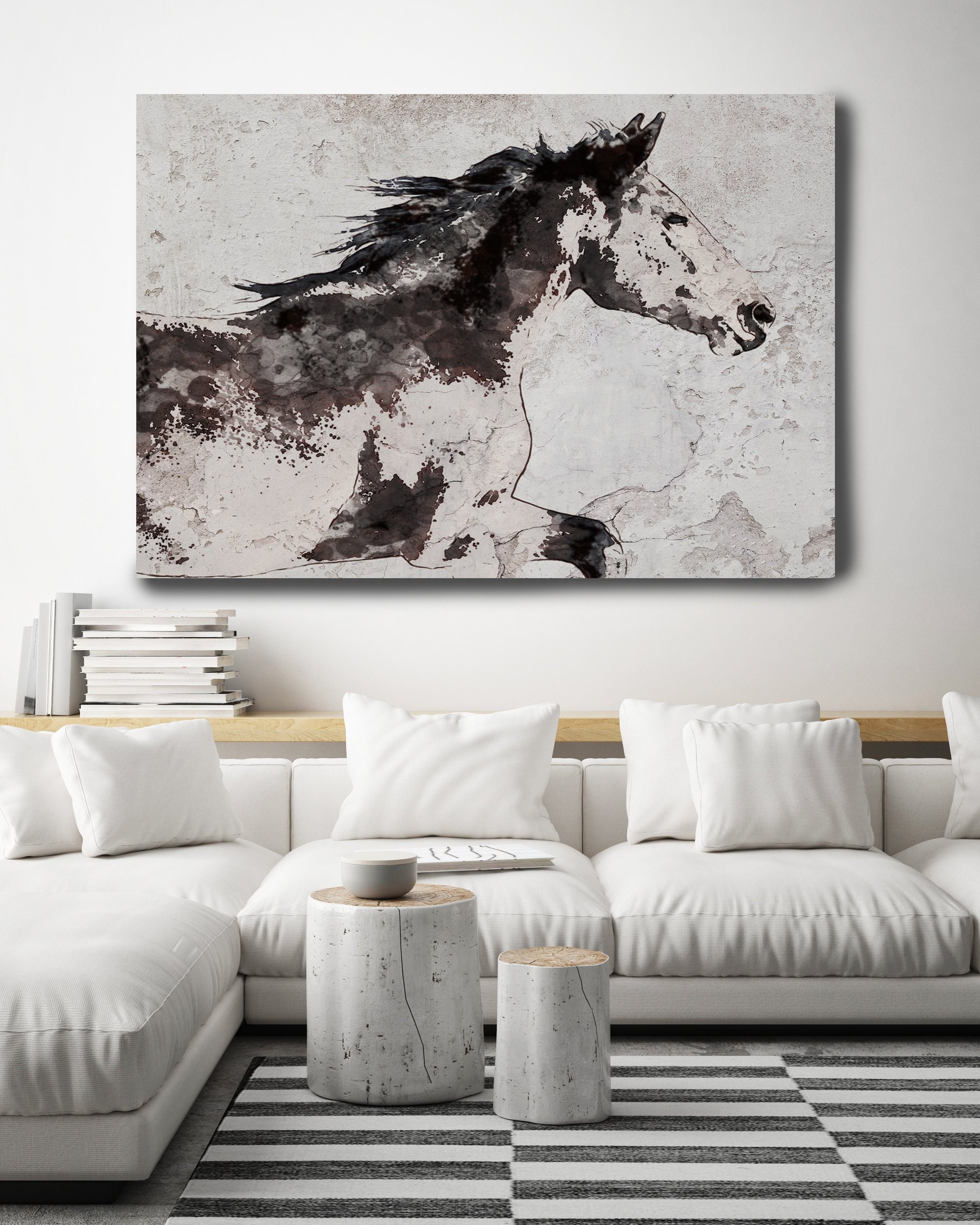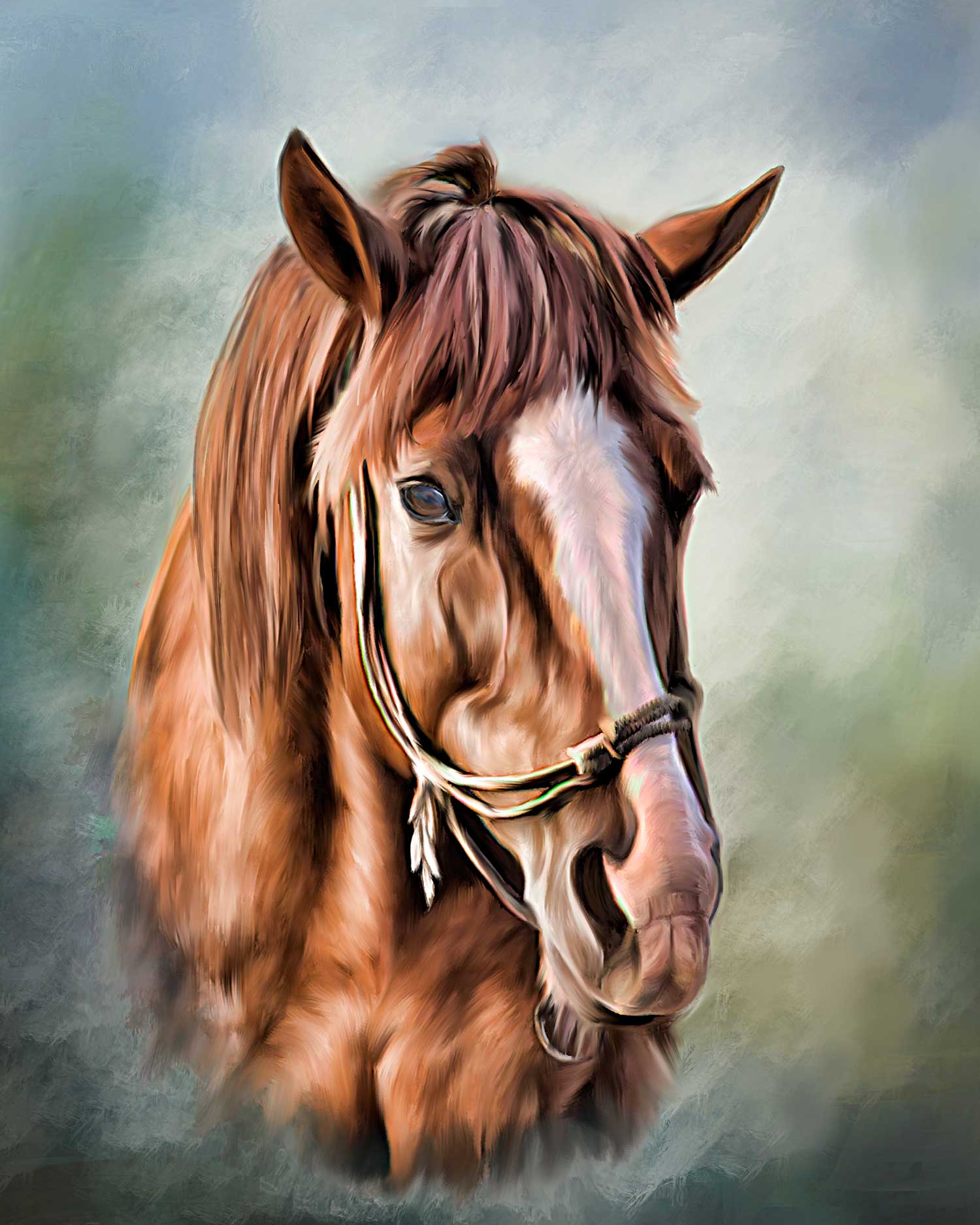

The Graphic Work of Albrecht Dürer: An Exhibition of his Prints and Drawings in Commemmoration of the Quincentenary of his Birth. German Engravings, Etchings and Woodcuts, c.1400-1700.

The Masters of Engraving and Etching: Albrecht Dürer, London and Boston, 1926. Albrecht Dürer and his Legacy - The Graphic Work of a Renaissance Artist / with contributions by Günter Grass, Joseph L. The Illustrated Bartsch 10 (Commentary): Sixteenth Century German Artists, Albrecht Dürer. Strauss, New York: Abaris Books, 1980, page 212) (From The Illustrated Bartsch 10 (Commentary): Sixteenth Century German Artists, Albrecht Dürer. The proposals that he should be identified as Perseus or Mercury have not found acceptance for lack of sufficient evidence.' His open mouth suggests that he is somewhat out of breath from the attempt. The animal’s tail has been restrained by a knot, yet it is unbridled, while the wingfooted warrior with his butterfly-winged helmet has been trying to keep pace with it, paralleling its stride. The horse seems to have reached a dead end in the form of a stone wall and, in fact, if the structure signifies intellect, it has a prison-like quality. Historical significance: 'Panofsky suggests that the representation may refer to animal sensuality – typified by the horse – restrained by the higher powers of the intellect, in which case the flames emanating from the bowl would symbolize illuminating reason. This image and another also dating from 1505, 'The Large Horse', were designed by Dürer as companion prints to show two contrasting postures of the horse, and associated allegorical meanings.

This is even more apparent when the image is compared with its companion print from the same year, The Large Horse, which is a more naturalistic depiction of a much more docile, muscular animal in a foreshortened pose, standing patiently with its groom. Dürer uses a Classical idiom of balance and idealisation influenced by Italian Renaissance art and antique sculpture, for example the bronze horses in the Piazza San Marco in Venice, absorbed during his visits to Italy. The horse is also at the centre of a tightly controlled composition: shown in profile in a heraldic style, its sense of energy and motion is arrested by the strong force created by the intersecting diagonals of the architectural setting and the pike. It seems as though the lively, unbridled animal would like to escape, but is restrained by his groom. In The Small Horse, it has been suggested that the horse is a symbol of sensuality. The horse appears as a subject in a number of Dürer’s engravings, often as a focus for depicting movement and proportion, or in a moral or spiritual sense as an emblem of man’s control over himself and the world.


 0 kommentar(er)
0 kommentar(er)
